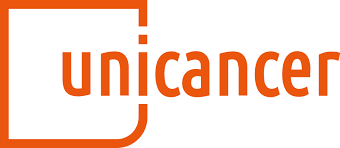Degree of food processing and breast cancer risk: a prospective study in 9 European countries
Résumé
Recent epidemiological studies have suggested a positive association between ultra-processed food consumption and breast cancer risk, although some studies also reported no association. Furthermore, the evidence regarding the associations between intake of food with lower degrees of processing and breast cancer risk is limited. Thus, we investigated the associations between dietary intake by degree of food processing and breast cancer risk, overall and by breast cancer subtypes in the European Prospective Investigation into Cancer and Nutrition (EPIC) study. Dietary intake of EPIC participants was assessed via questionnaires at baseline. More than 11,000 food ingredients were classified into four groups of food processing levels using the NOVA classification system: unprocessed/minimally processed (NOVA 1), culinary ingredients (NOVA 2), processed (NOVA 3) and ultra-processed (NOVA 4). Cox proportional hazards models were used to estimate hazard ratios (HRs) and 95% confidence intervals (CIs) of breast cancer per standard deviation increase in daily consumption (grams) of foods from each NOVA group. The current analysis included 14,933 breast cancer cases, diagnosed among the 318,686 EPIC female participants, (median follow-up of 14.9 years). No associations were found between breast cancer risk and the level of dietary intake from NOVA 1 [HR per 1 SD=0.99 (95% CI 0.97 u2013 1.01)], NOVA 2 [HR per 1 SD =1.01 (95% CI 0.98 u2013 1.03)] and NOVA 4 [HR per 1 SD =1.01 (95% CI 0.99 u2013 1.03)] foods. However, a positive association was found between NOVA 3 and breast cancer risk [HR per 1 SD =1.05 (95% CI 1.03 u2013 1.07)] which became non-significant after adjustment for alcohol intake [HR per 1 SD =1.01 (95% CI 0.98 u2013 1.05)] or when beer and wine were excluded from this group [HR per 1 SD =0.99 (95% CI 0.97 u2013 1.01)]. The associations did not differ by breast cancer subtype, menopausal status or body mass index. Findings from this large-scale prospective study suggest that the positive association between processed food intake and breast cancer risk was likely driven by alcoholic beverage consumption. Graphical Abstract: (Figure presented.)
Domaines
Sciences agricoles| Origine | Fichiers éditeurs autorisés sur une archive ouverte |
|---|---|
| licence |


